Green Synthesized Silver Nanoparticles of Myrtus communis L (AgMC) Extract Inhibits Cancer Hallmarks via Targeting Aldose Reductase (AR) and Associated Signaling Network
Abstract
:1. Introduction
2. Materials and Methods
2.1. Materials
2.2. Preparation of Plant Extract
2.3. Synthesis and Characterization of Silver Nanoparticles using Myrtus communis L. Plant Extract (AgMC)
2.4. Cell Lines and Cell Cultures
2.5. MTT (3-4,5 dimethylthiazol-2,5 diphenyl tetrazolium bromide) Assay: Anticancer Activity of Ag-MC
2.6. Cell Cycle Analysis
2.7. Western Blotting for aldose reductase (AR) Expression and Related Signaling Pathways
3. Quantitative RT-PCR
4. Results
4.1. Effect of Ag-MC on Cell Viability
4.2. Influence of Ag-MC on AR Expression and Abrogation of PI3K/Akt/mTOR Signalling
4.3. Ag-MC Impedes ERK Signaling
4.4. Ag-MC Inhibits the NF-kB Signaling
5. Discussion
6. Conclusions
Author Contributions
Funding
Acknowledgments
Conflicts of Interest
References
- Rafique, M.; Sadaf, I.; Rafique, M.S.; Tahir, M.B. A review on green synthesis of silver nanoparticles and their applications. Artif. Cells Nanomed. Biotechnol. 2017, 45, 1272–1291. [Google Scholar] [CrossRef] [PubMed]
- Kumal, R.R.; Abu-Laban, M.; Landry, C.R.; Kruger, B.; Zhang, Z.; Hayes, D.J.; Haber, L.H. Plasmon-enhanced photocleaving dynamics in colloidal microRNA-functionalized silver nanoparticles monitored with second harmonic generation. Langmuir 2016, 32, 10394–10401. [Google Scholar] [CrossRef] [PubMed]
- Kumal, R.R.; Abu-Laban, M.; Hamal, P.; Kruger, B.; Smith, H.T.; Hayes, D.J.; Haber, L.H. Near-Infrared Photothermal Release of siRNA from the Surface of Colloidal Gold–Silver–Gold Core–Shell–Shell Nanoparticles Studied with Second-Harmonic Generation. J. Phys. Chem. C 2018, 122, 19699–19704. [Google Scholar] [CrossRef] [PubMed]
- Sadowski, Z.; Maliszewska, I.; Grochowalska, B.; Polowczyk, I.; Kozlecki, T. Synthesis of silver nanoparticles using microorganisms. Mate. Sci. Pol. 2008, 26, 419–424. [Google Scholar]
- Asmathunisha, N.; Kathiresan, K. A review on biosynthesis of nanoparticles by marine organisms. Colloids Surf. B 2013, 103, 283–287. [Google Scholar] [CrossRef]
- Sanghi, R.; Verma, P. Biomimetic synthesis and characterisation of protein capped silver nanoparticles. Bioresour. Technol. 2009, 100, 501–504. [Google Scholar] [CrossRef]
- Chakraborty, I.; Parak, W.J. Protein-Induced Shape Control of Noble Metal Nanoparticles. Adv. Mater. Interfaces 2019, 6, 1801407. [Google Scholar] [CrossRef]
- Shaik, M.R.; Ali, Z.J.Q.; Khan, M.; Kuniyil, M.; Assal, M.E.; Alkhathlan, H.Z.; Al-Warthan, A.; Siddiqui, M.R.H.; Khan, M.; Adil, S.F. Green Synthesis and Characterization of Palladium Nanoparticles Using Origanum vulgare L. Extract and Their Catalytic Activity. Molecules 2017, 22, 165. [Google Scholar] [CrossRef]
- Ranoszek-Soliwoda, K.; Tomaszewska, E.; Małek, K.; Celichowski, G.; Orlowski, P.; Krzyzowska, M.; Grobelny, J. The synthesis of monodisperse silver nanoparticles with plant extracts. Colloids Surf. B 2019, 177, 19–24. [Google Scholar] [CrossRef]
- Anandan, M.; Poorani, G.; Boomi, P.; Varunkumar, K.; Anand, K.; Chuturgoon, A.A.; Saravanan, M.; Prabu, H.G. Green synthesis of anisotropic silver nanoparticles from the aqueous leaf extract of Dodonaea viscosa with their antibacterial and anticancer activities. Process Biochem. 2019, 80, 80–88. [Google Scholar] [CrossRef]
- Khan, M.; Khan, M.; Adil, S.F.; Tahir, M.N.; Tremel, W.; Alkhathlan, H.Z.; Al-Warthan, A.; Siddiqui, M.R.H. Green synthesis of silver nanoparticles mediated by Pulicaria glutinosa extract. Int. J. Nanomed. 2013, 8, 1507. [Google Scholar]
- Mintah, S.O.; Asafo-Agyei, T.; Archer, M.A.; Junior, P.A.A.; Boamah, D.; Kumadoh, D.; Appiah, A.; Ocloo, A.; Boakye, Y.D.; Agyare, C. Medicinal Plants for Treatment of Prevalent Diseases. In Pharmacognosy-Medicinal Plants; IntechOpen: London, UK, 2019. [Google Scholar]
- Chitme, H.R.; Chandra, M.; Kaushik, S. Studies on anti-diarrhoeal activity of Calotropis gigantea R.Br. in experimental animals. J. Pharm. Pharm. Sci. 2004, 7, 70–75. [Google Scholar] [PubMed]
- Kim, H.S. Do not put too much value on conventional medicines. J. Ethnopharmacol. 2005, 100, 37–39. [Google Scholar] [CrossRef] [PubMed]
- Sumbul, S.; Ahmad, M.A.; Asif, M.; Akhtar, M. Myrtus Communis Linn.-A Review. Indian J. Nat. Product. Resour. 2011, 2, 395–402. [Google Scholar]
- Sisay, M.; Gashaw, T. Ethnobotanical, ethnopharmacological, and phytochemical studies of Myrtus communis Linn: A popular herb in Unani system of medicine. J. Evid. Based Complement. Altern. Med. 2017, 22, 1035–1043. [Google Scholar] [CrossRef]
- Shahat, A.S.; Assar, N.H. Biochemical and antimicrobial studies of biosynthesized silver nanoparticles using aqueous extract of Myrtus communis L. Ann. Biol. Res. 2015, 6, 90–103. [Google Scholar]
- Alipour, G.; Dashti, S.; Hosseinzadeh, H. Review of pharmacological effects of Myrtus communis L. and its active constituents. Phytother. Res. 2014, 28, 1125–1136. [Google Scholar] [CrossRef]
- Alamanni, M.; Cossu, M. Radical scavenging activity and antioxidant activity of liquors of myrtle (Myrtus communis L.) berries and leaves. Ital. J. Food Sci. 2004, 16, 197–208. [Google Scholar]
- Akin, M.; Aktumsek, A.; Nostro, A. Antibacterial activity and composition of the essential oils of Eucalyptus camaldulensis Dehn. and Myrtus communis L. growing in Northern Cyprus. Afr. J. Biotechnol. 2010, 9, 531–535. [Google Scholar]
- Baker, J.T.; Borris, R.P.; Carté, B.; Cordell, G.A.; Soejarto, D.D.; Cragg, G.M.; Gupta, M.P.; Iwu, M.M.; Madulid, D.R.; Tyler, V.E. Natural product drug discovery and development: New perspectives on international collaboration. J. Nat. Prod. 1995, 58, 1325–1357. [Google Scholar] [CrossRef]
- Mothana, R.A.; Kriegisch, S.; Harms, M.; Wende, K.; Lindequist, U. Assessment of selected Yemeni medicinal plants for their in vitro antimicrobial, anticancer, and antioxidant activities. Pharm. Biol. 2011, 49, 200–210. [Google Scholar] [CrossRef] [PubMed]
- Schneidewind, H.; Schüler, T.; Strelau, K.K.; Weber, K.; Cialla, D.; Diegel, M.; Mattheis, R.; Berger, A.; Möller, R.; Popp, J. The morphology of silver nanoparticles prepared by enzyme-induced reduction. Beilstein J. Nanotechnol. 2012, 3, 404–414. [Google Scholar] [CrossRef] [PubMed]
- Sunkar, S.; Nachiyar, C.V. Microbial synthesis and characterization of silver nanoparticles using the endophytic bacterium Bacillus cereus: A novel source in the benign synthesis. Glob. J. Med. Res. 2012, 12, 43–50. [Google Scholar]
- Ogur, R. Studies with Myrtus communis L.: Anticancer properties. J. Intercult. Ethnopharmacol. 2014, 3, 135. [Google Scholar] [CrossRef]
- Hanahan, D.; Robert, A.W. The hallmarks of cancer. Cell 2000, 100, 57–70. [Google Scholar] [CrossRef]
- Balunas, M.J.; Kinghorn, A.D. Drug discovery from medicinal plants. Life Sci. 2005, 78, 431–441. [Google Scholar] [CrossRef]
- Shoeb, M.; Ramana, K.V.; Satish, K.S. Aldose reductase inhibition enhances TRAIL-induced human colon cancer cell apoptosis through AKT/FOXO3a-dependent upregulation of death receptors. Free Radic. Biol. Med. 2013, 63, 280–290. [Google Scholar] [CrossRef]
- Saxena, A.; Mohammad, S.; Kota, V.R.; Satish, K.S. Aldose reductase inhibition suppresses colon cancer cell viability by modulating microRNA-21 mediated programmed cell death 4 (PDCD4) expression. Eur. J. Cancer 2013, 49, 3311–3319. [Google Scholar] [CrossRef] [Green Version]
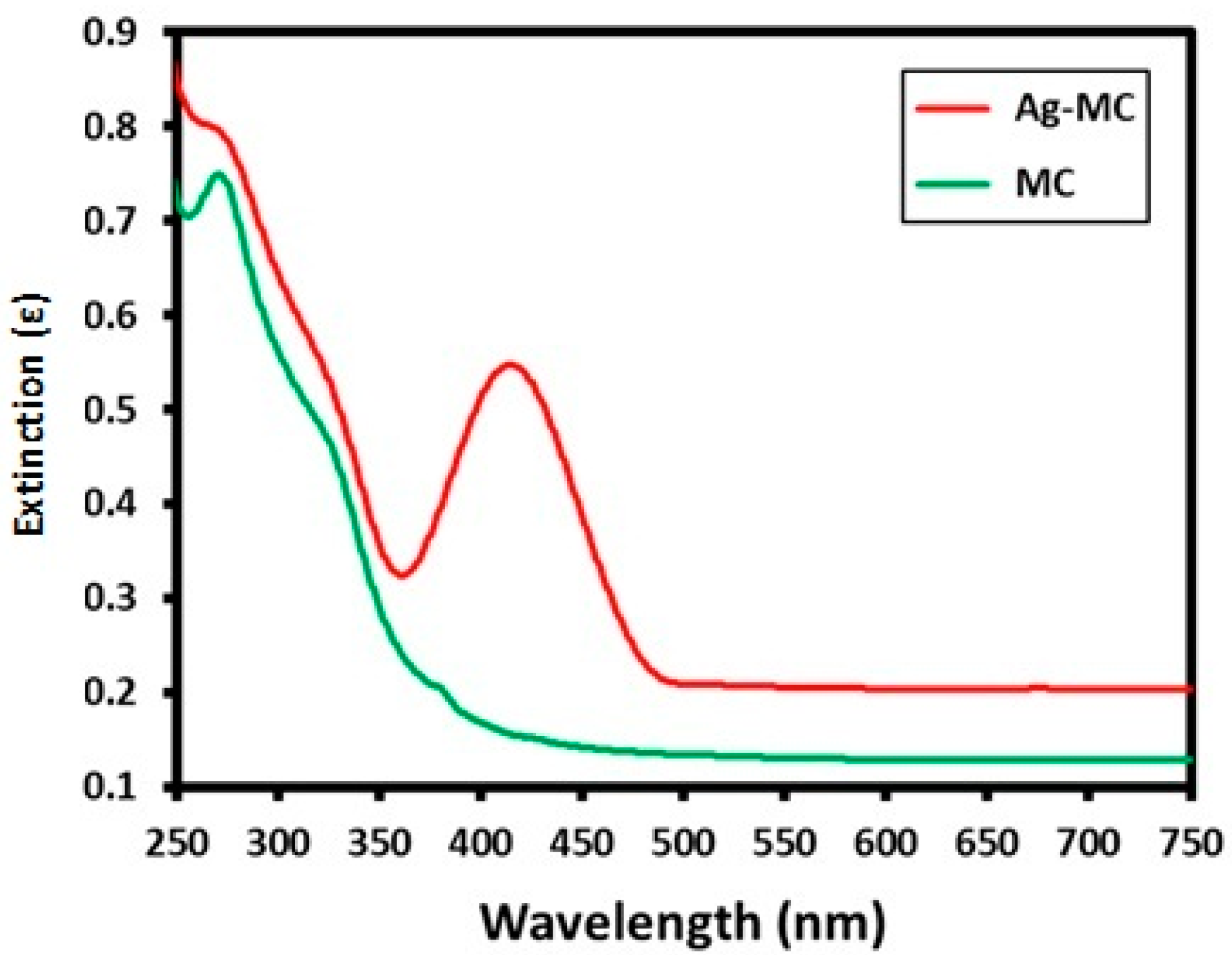
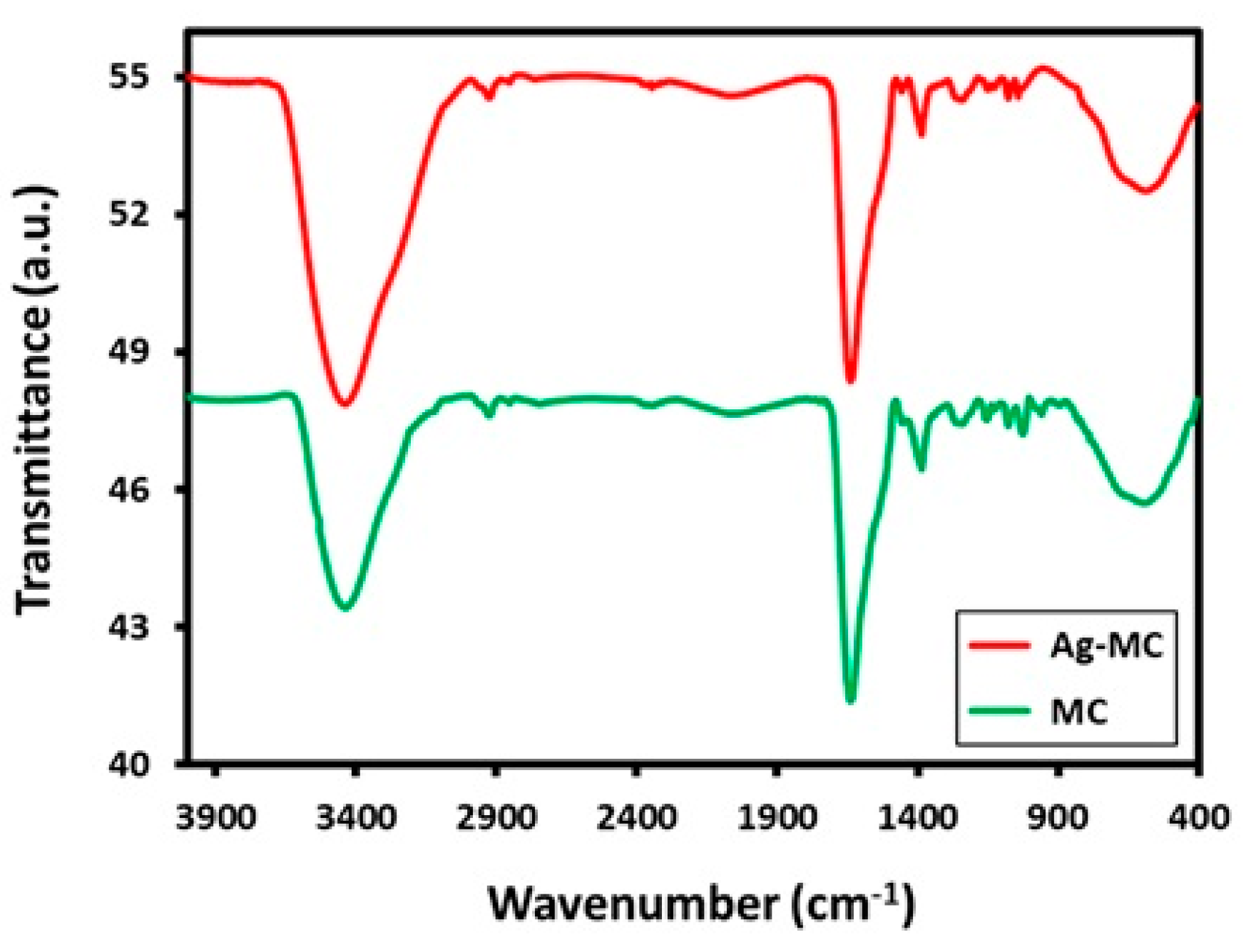
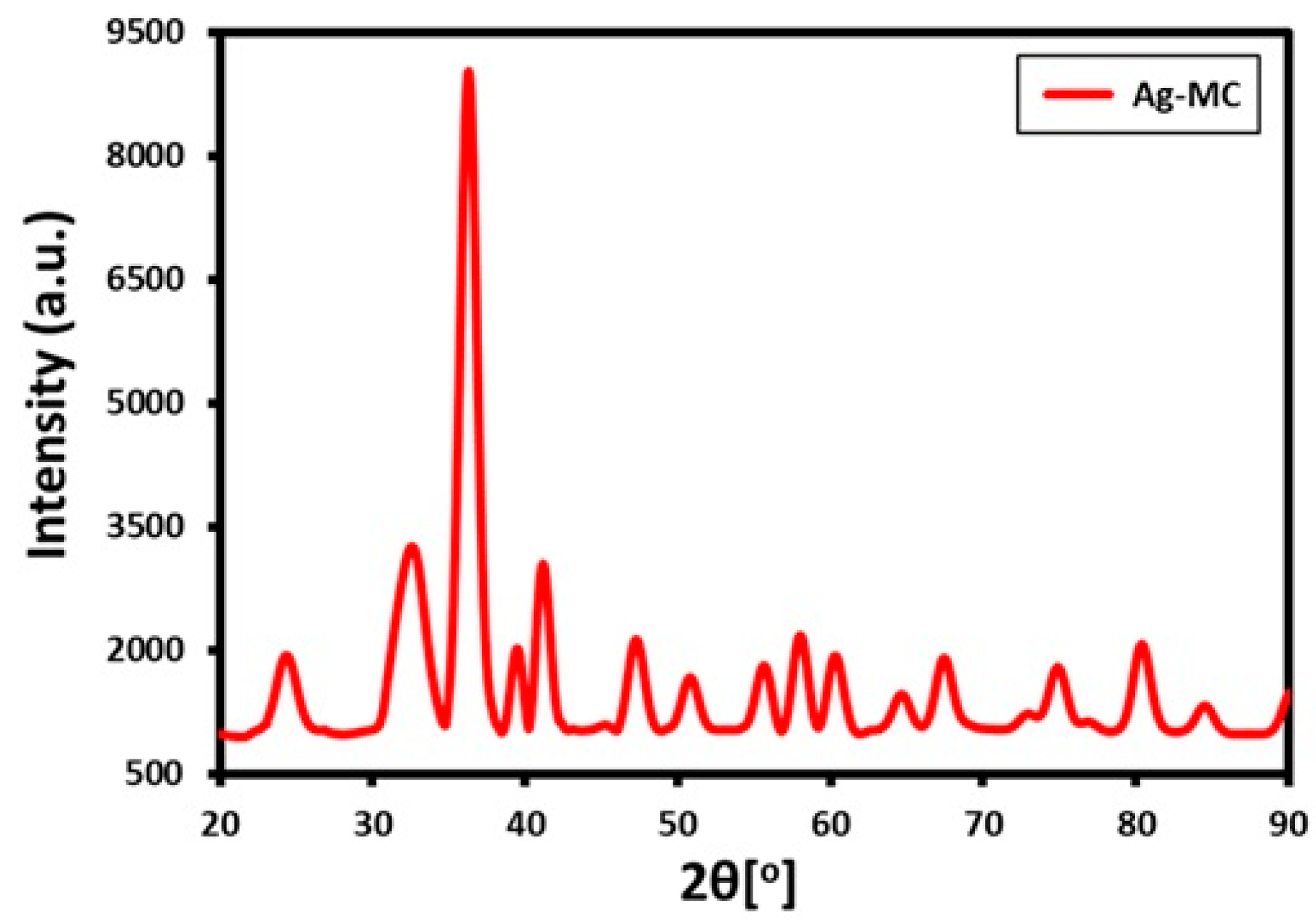
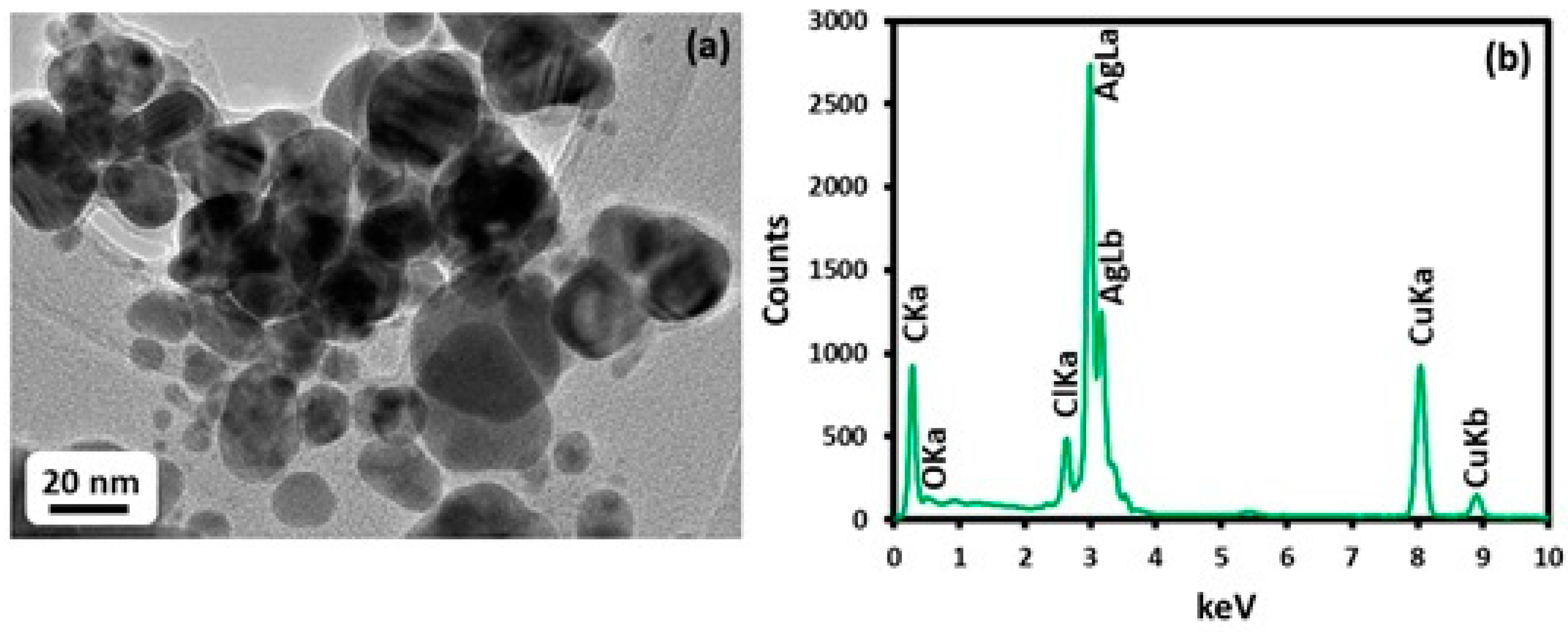
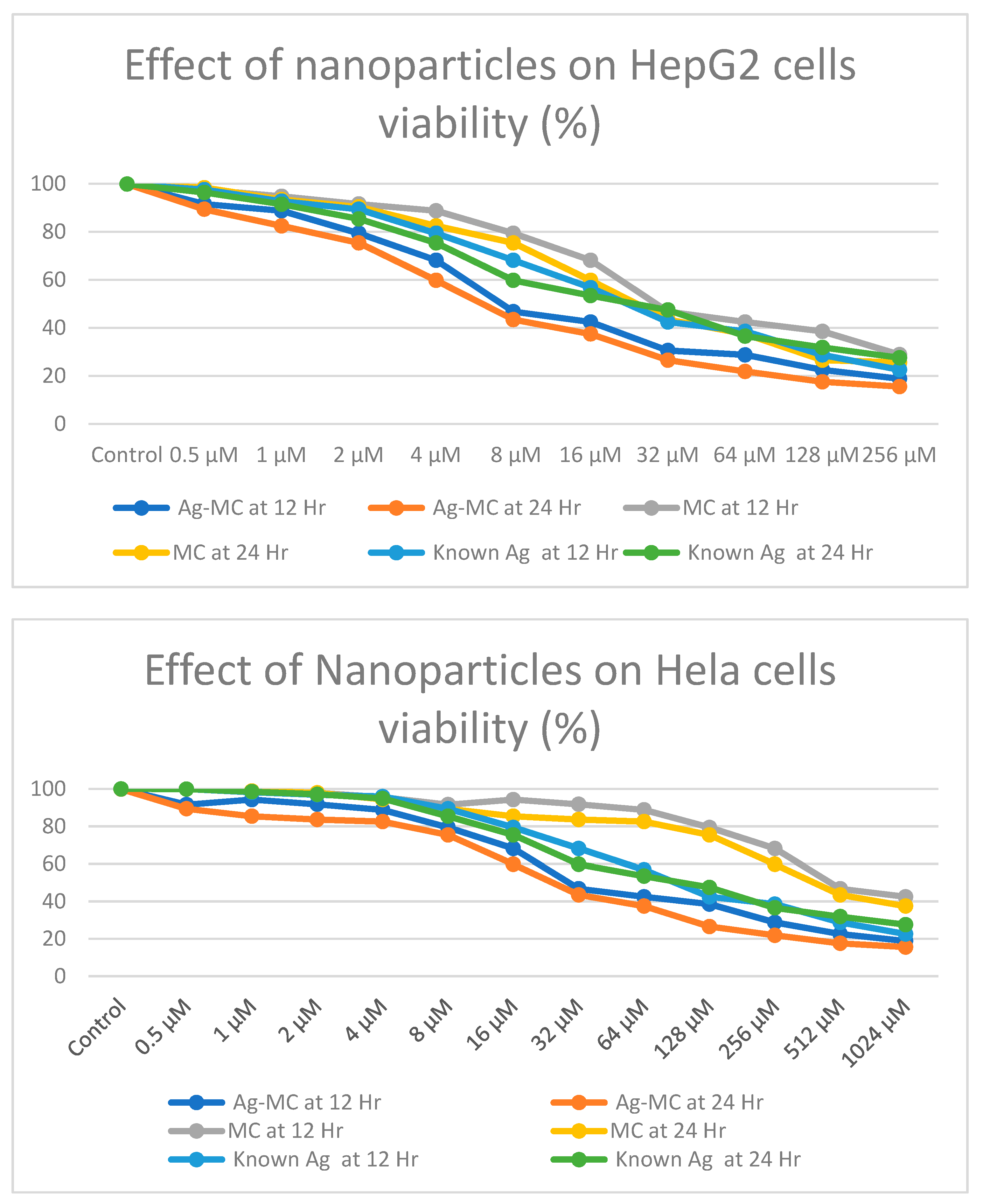

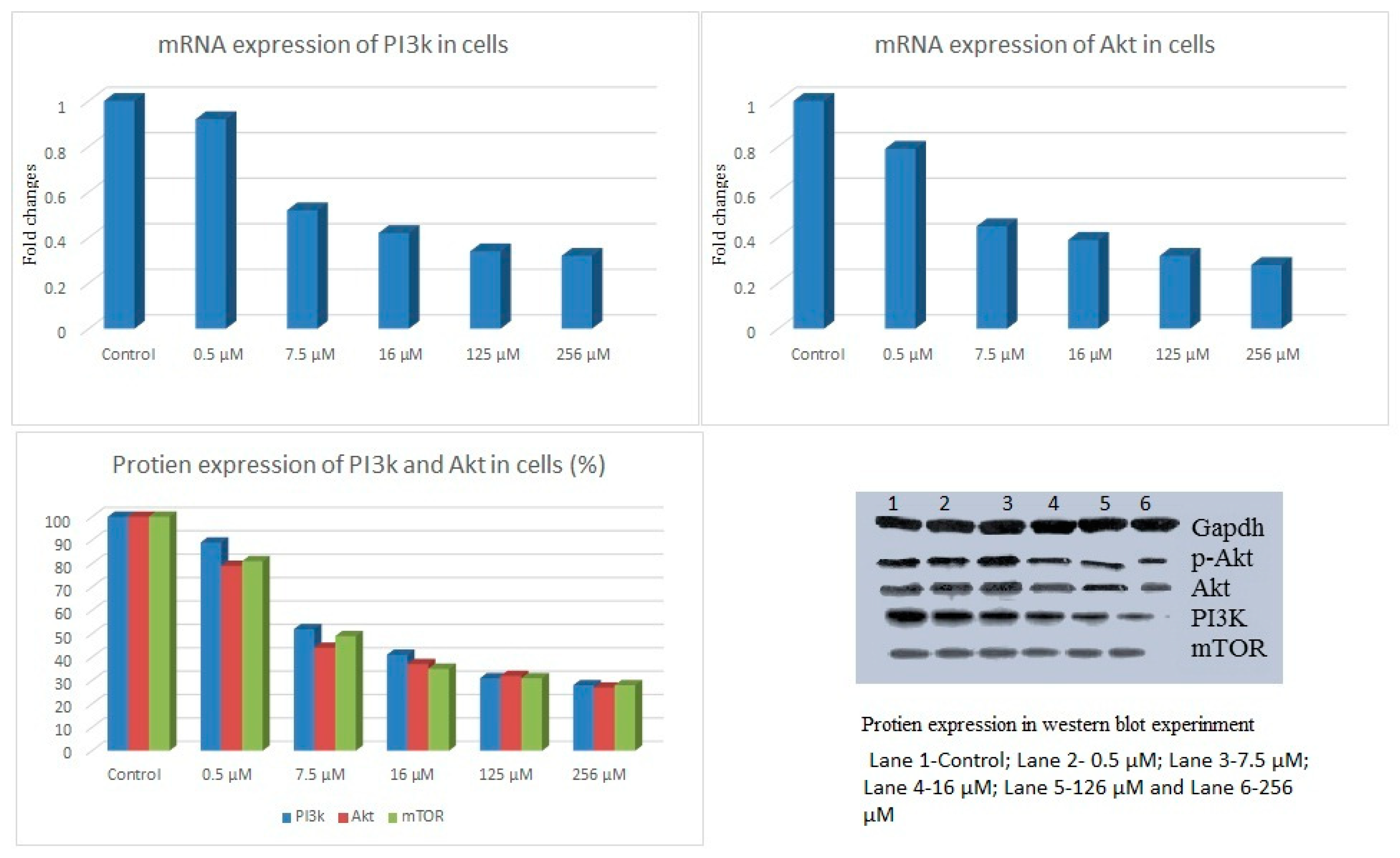
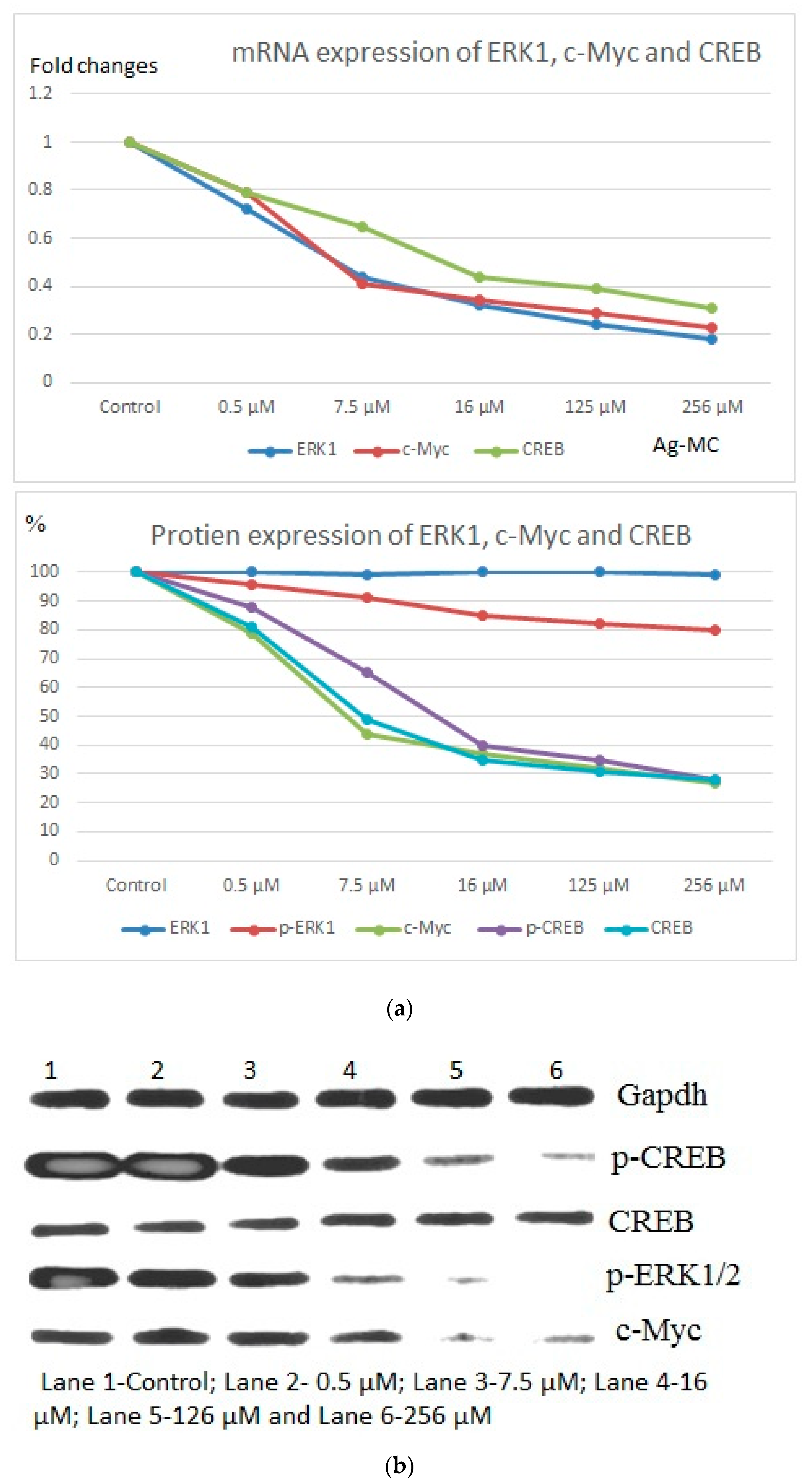


| S.No | Target Gene | Sequences | |
|---|---|---|---|
| 1 | Akt | Forward (5′–3′) | CCATGAAGATTCAAGA |
| Reverse (5′–3′) | AGCGTAATCTAACATC | ||
| 2 | AR | Forward (5′–3′) | CCTTTCATCGTGCAAGCT |
| Reverse (5′–3′) | TTTCACCAGCCTCATCC | ||
| 3 | c-Myc | Forward (5′–3′) | TCTTCCCCTACTCTCAAC |
| Reverse (5′–3′) | CCTCATCTTCGTTCCTCCTC | ||
| 4 | CREB | Forward (5′–3′) | ACAGTATTGATTACCCAGG |
| Reverse (5′–3′) | CTGTGCGAATCTTATGTTTG | ||
| 5 | ERK | Forward (5′–3′) | GATTGCTGACTGAGCAC |
| Reverse (5′–3′) | GGGGGCCTCTTGCC | ||
| 6 | IkB-α | Forward (5′–3′) | GGACCCCACCAAAATCG |
| Reverse (5′–3′) | TCAGGCGCGGAATTTCC | ||
| 7 | NF-kB p65 | Forward (5′–3′) | GAAGAAGCGAGATGGAGCAA |
| Reverse (5′–3′) | GTTGATGGTGCAGGGATGCT | ||
| 8 | PI3K | Forward (5′–3′) | TTAAACGCGGGCAACGA |
| Reverse (5′–3′) | CAGTCTCCTTGCTGTCGAT | ||
| 9 | IkkB | Forward (5′–3′) | GAGTTTGGCCACATCG |
| Reverse (5′–3′) | GCCACACCATCTTCTA | ||
| 10 | GAPDH | Forward (5′–3′) | ACCACAGTATGCCATCAC |
| Reverse (5′–3′) | TCCACCACTGTTGCTGTA |
© 2019 by the authors. Licensee MDPI, Basel, Switzerland. This article is an open access article distributed under the terms and conditions of the Creative Commons Attribution (CC BY) license (http://creativecommons.org/licenses/by/4.0/).
Share and Cite
Ali Abuderman, A.; Syed, R.; A. Alyousef, A.; S. Alqahtani, M.; Shamsul Ola, M.; Malik, A. Green Synthesized Silver Nanoparticles of Myrtus communis L (AgMC) Extract Inhibits Cancer Hallmarks via Targeting Aldose Reductase (AR) and Associated Signaling Network. Processes 2019, 7, 860. https://doi.org/10.3390/pr7110860
Ali Abuderman A, Syed R, A. Alyousef A, S. Alqahtani M, Shamsul Ola M, Malik A. Green Synthesized Silver Nanoparticles of Myrtus communis L (AgMC) Extract Inhibits Cancer Hallmarks via Targeting Aldose Reductase (AR) and Associated Signaling Network. Processes. 2019; 7(11):860. https://doi.org/10.3390/pr7110860
Chicago/Turabian StyleAli Abuderman, Abdulwahab, Rabbani Syed, Abdullah A. Alyousef, Mohammed S. Alqahtani, Mohammad Shamsul Ola, and Abdul Malik. 2019. "Green Synthesized Silver Nanoparticles of Myrtus communis L (AgMC) Extract Inhibits Cancer Hallmarks via Targeting Aldose Reductase (AR) and Associated Signaling Network" Processes 7, no. 11: 860. https://doi.org/10.3390/pr7110860
APA StyleAli Abuderman, A., Syed, R., A. Alyousef, A., S. Alqahtani, M., Shamsul Ola, M., & Malik, A. (2019). Green Synthesized Silver Nanoparticles of Myrtus communis L (AgMC) Extract Inhibits Cancer Hallmarks via Targeting Aldose Reductase (AR) and Associated Signaling Network. Processes, 7(11), 860. https://doi.org/10.3390/pr7110860





